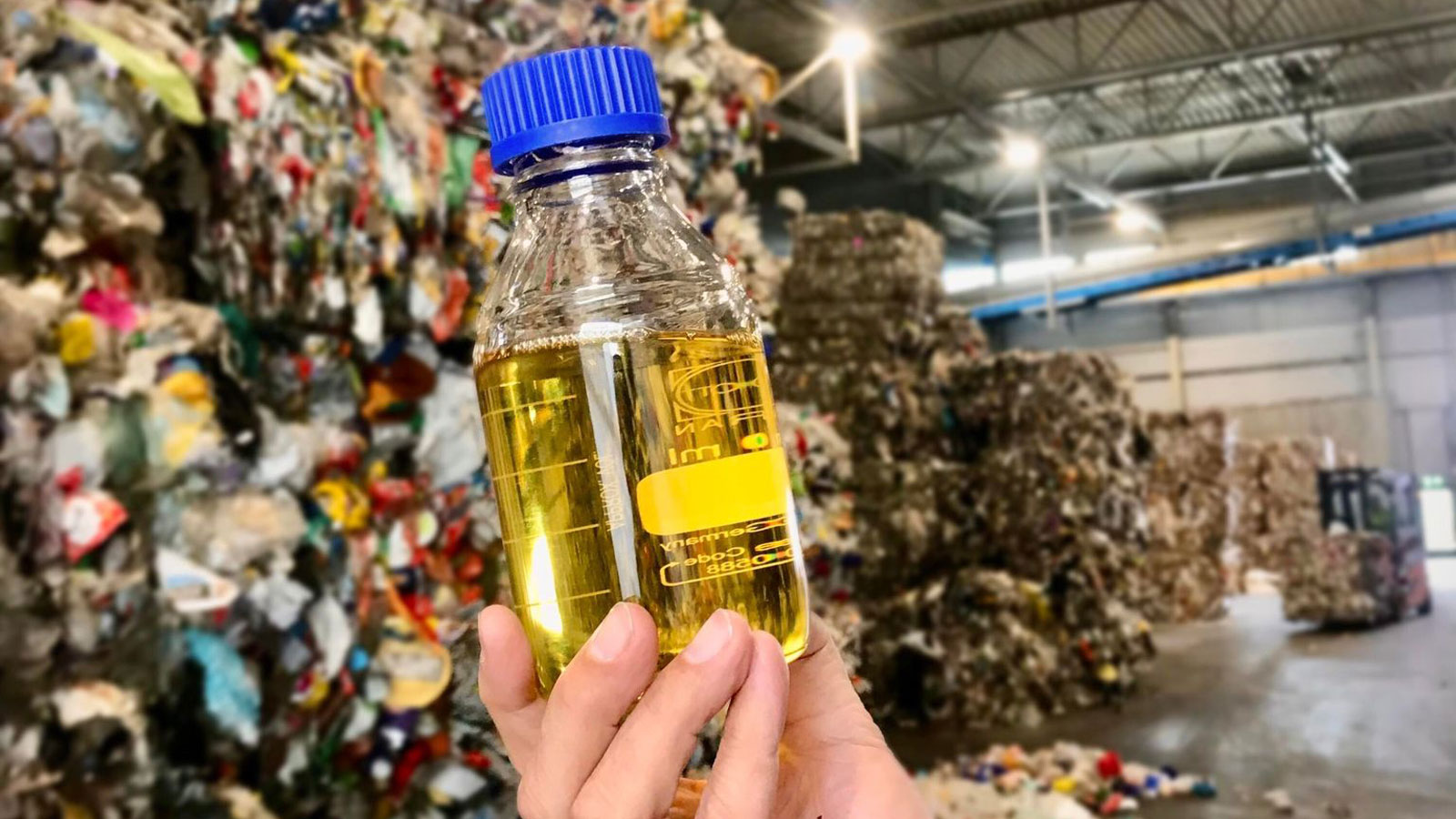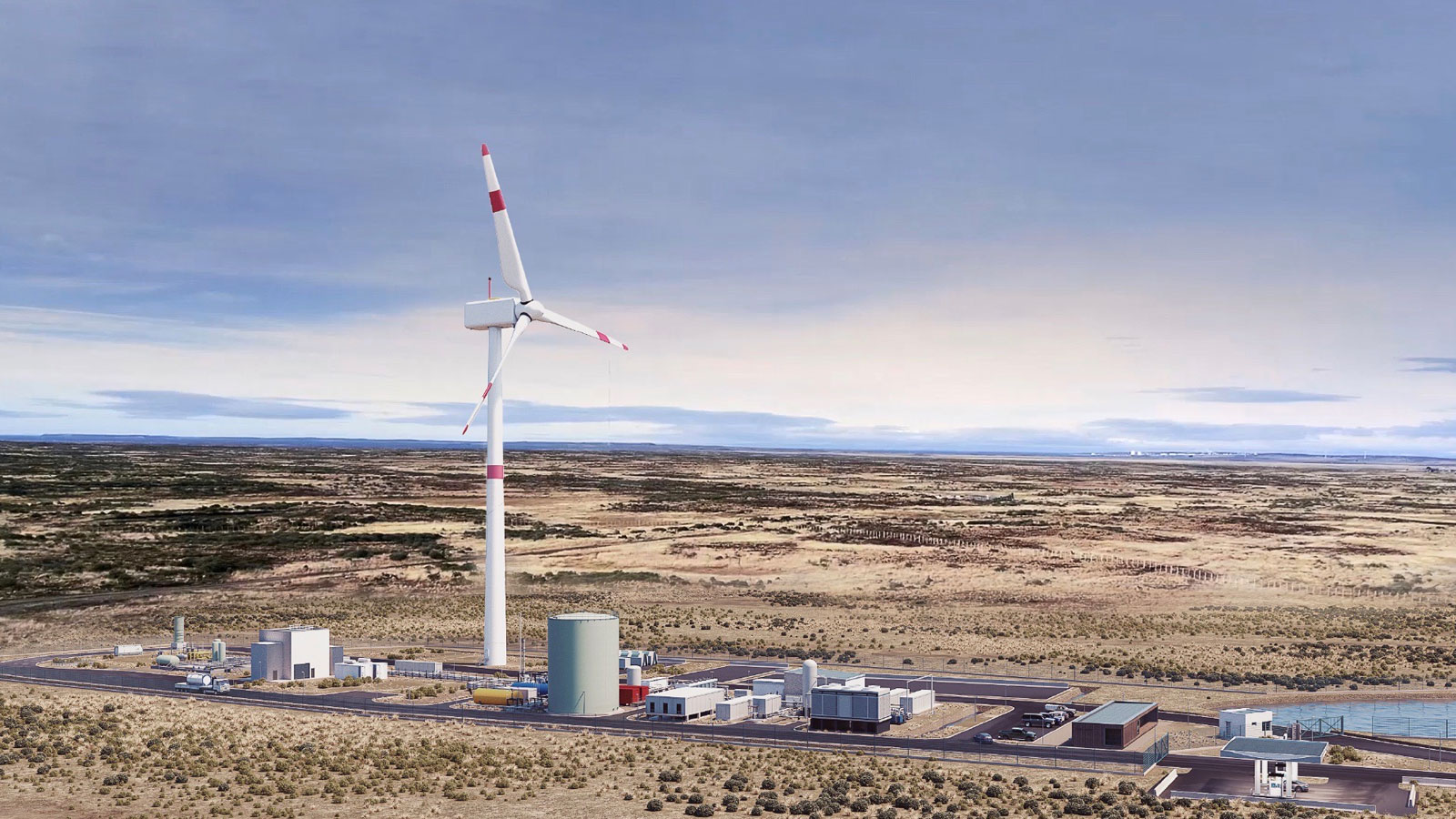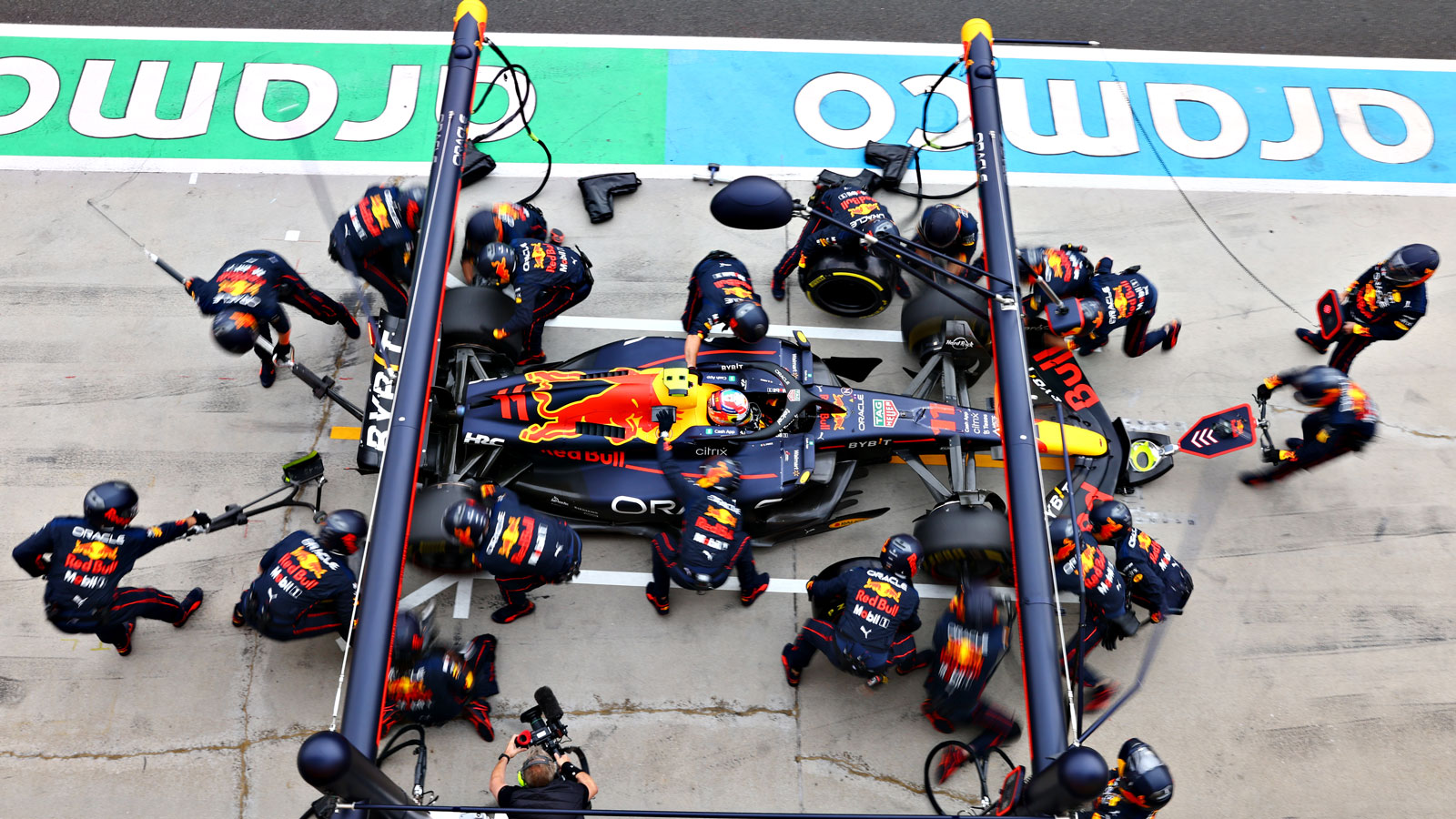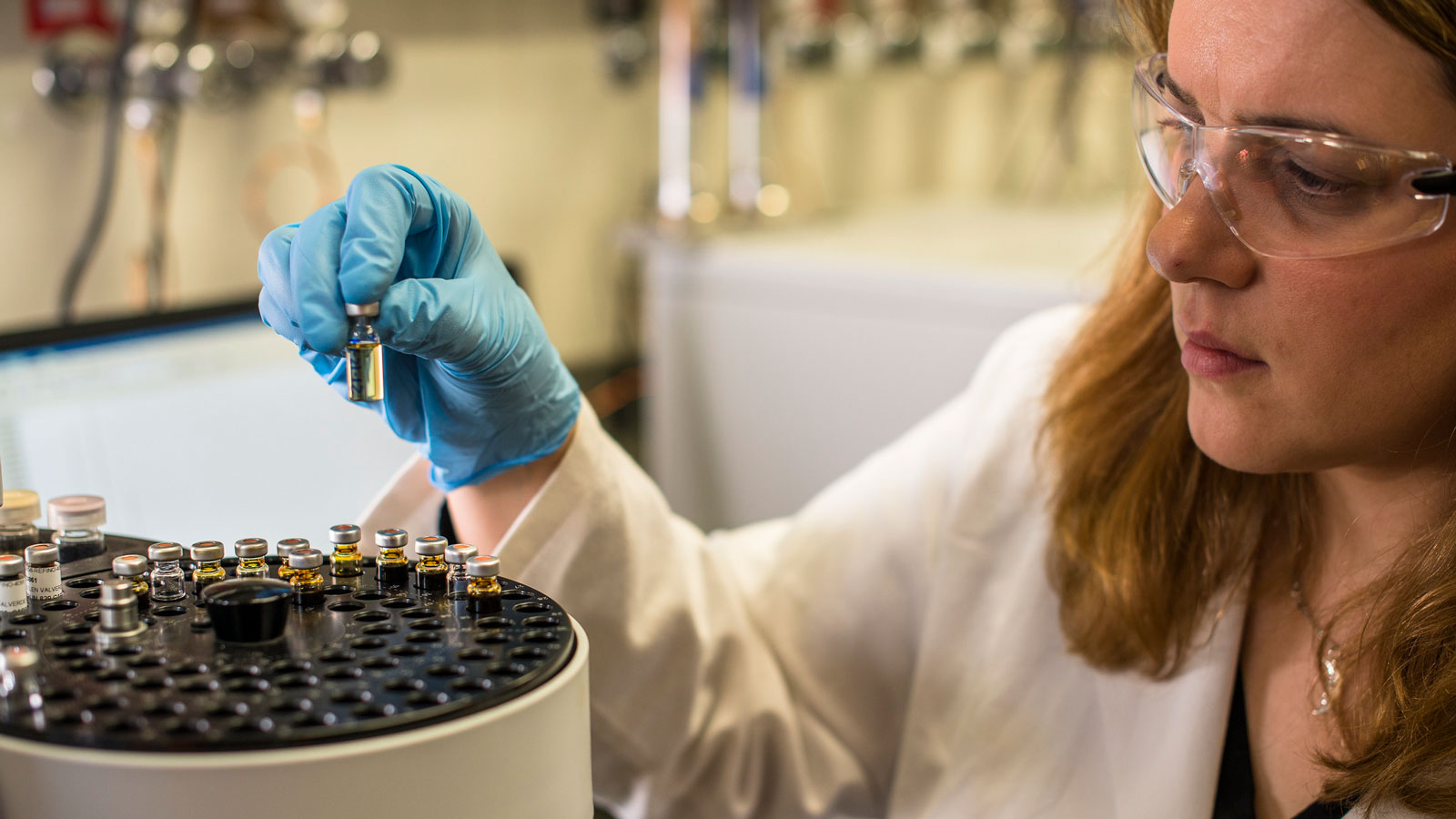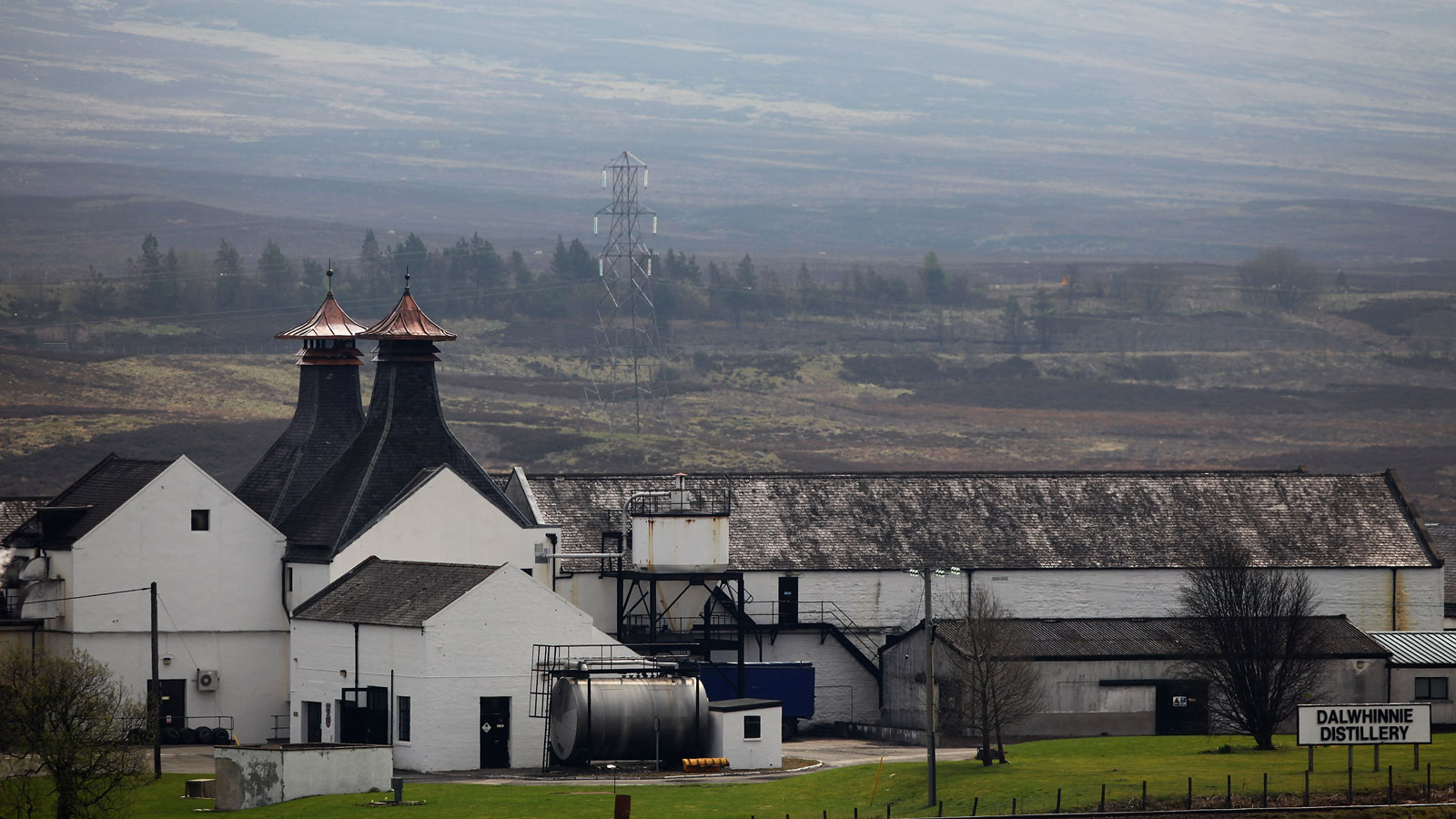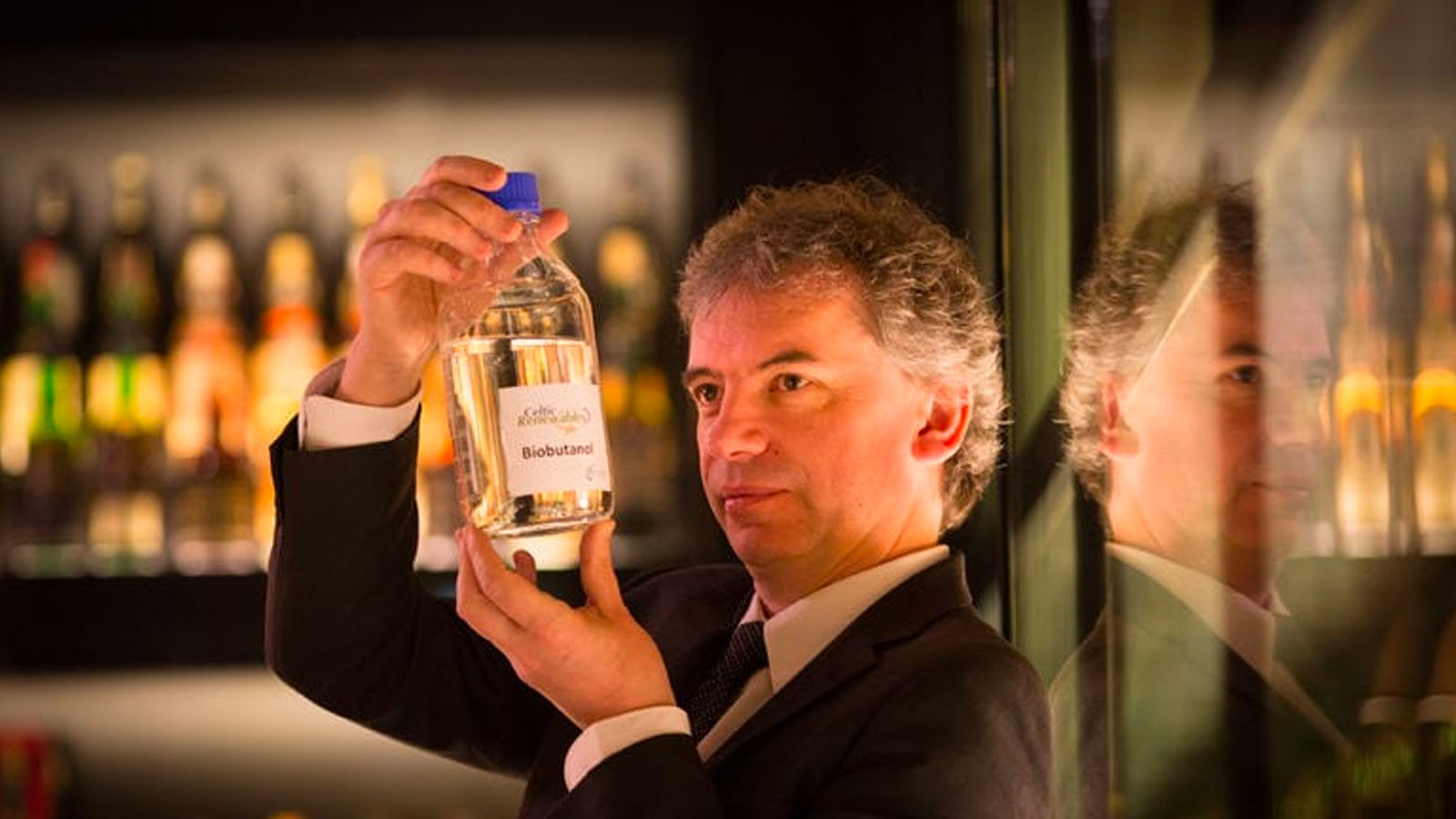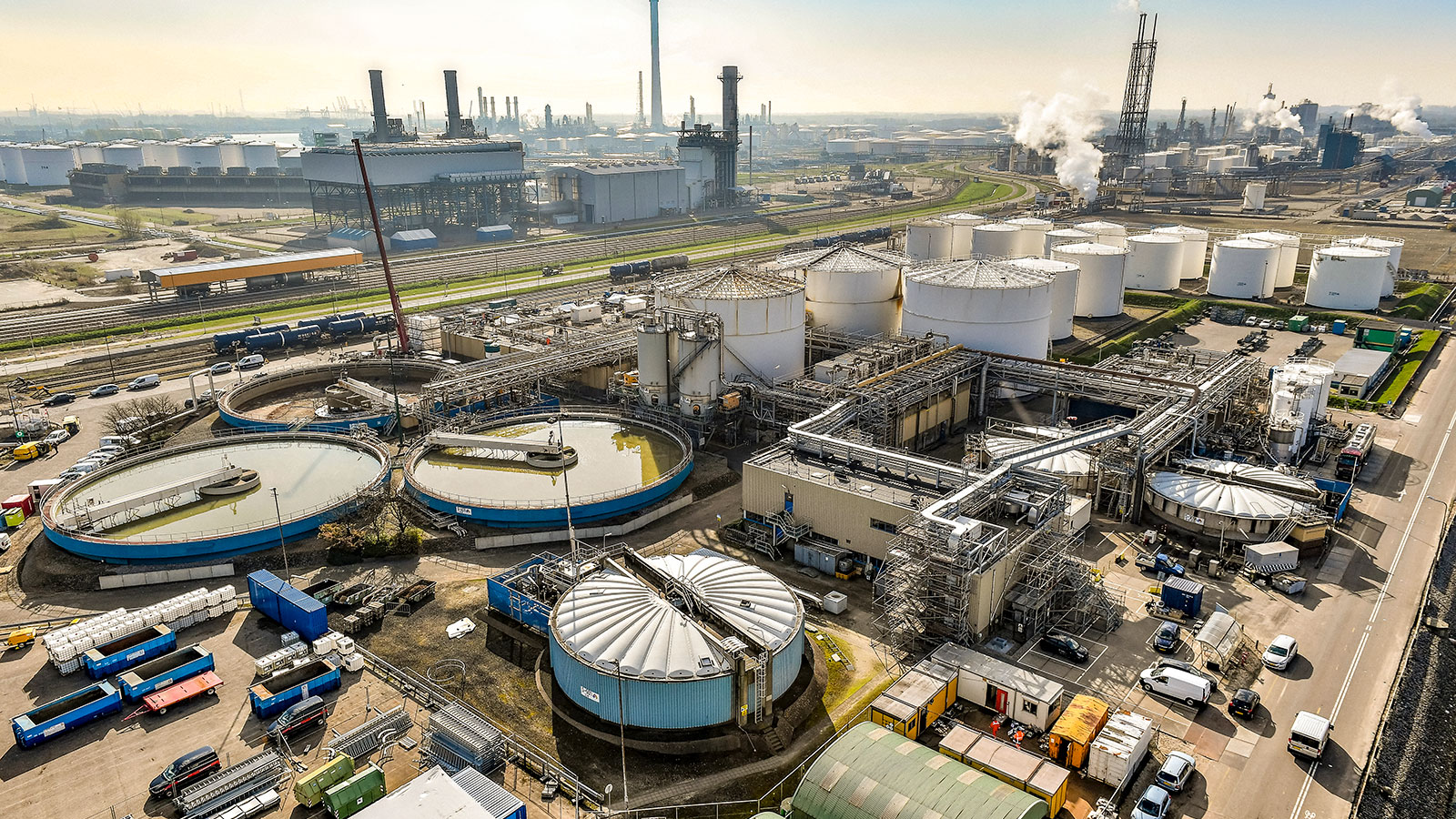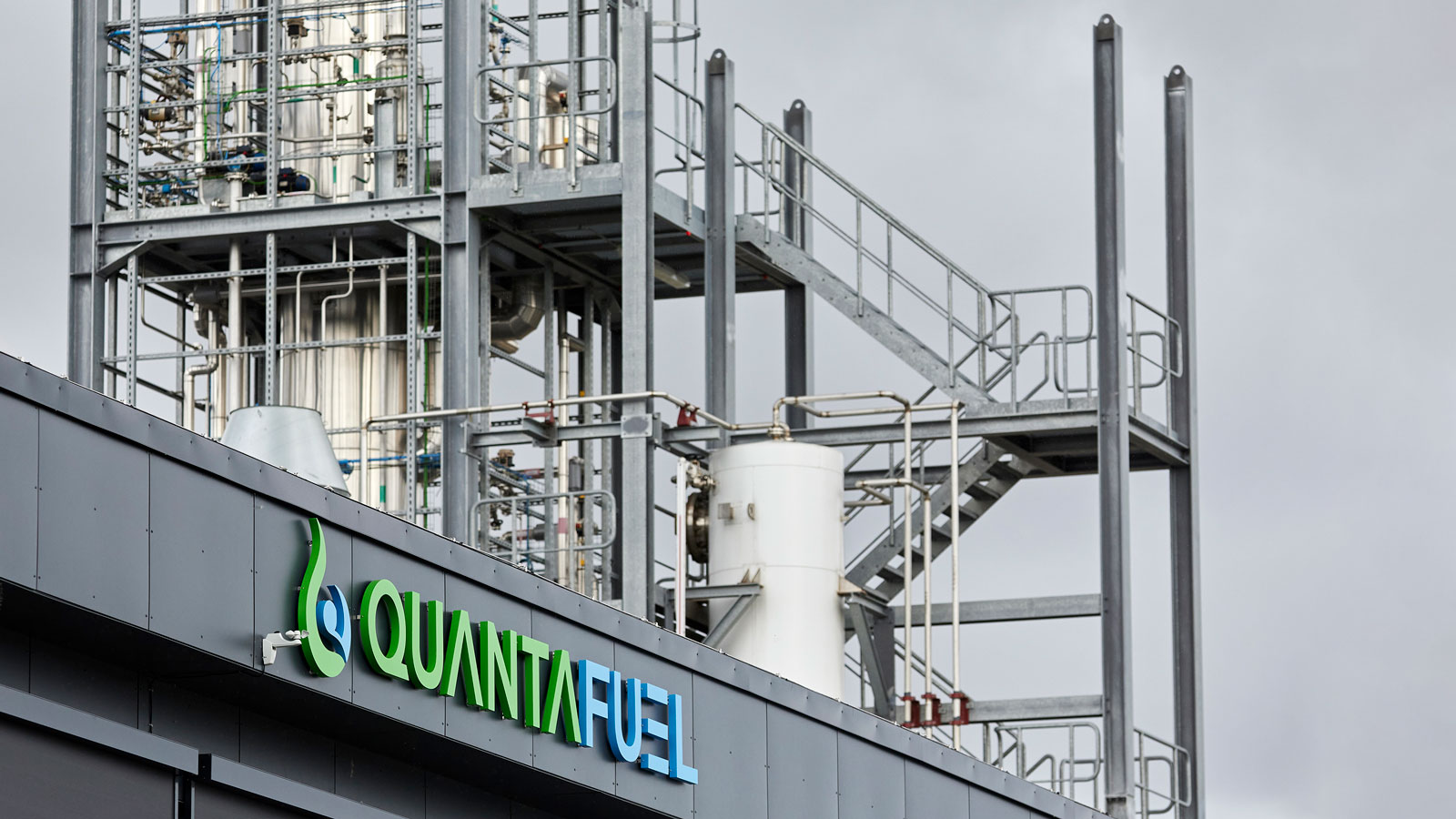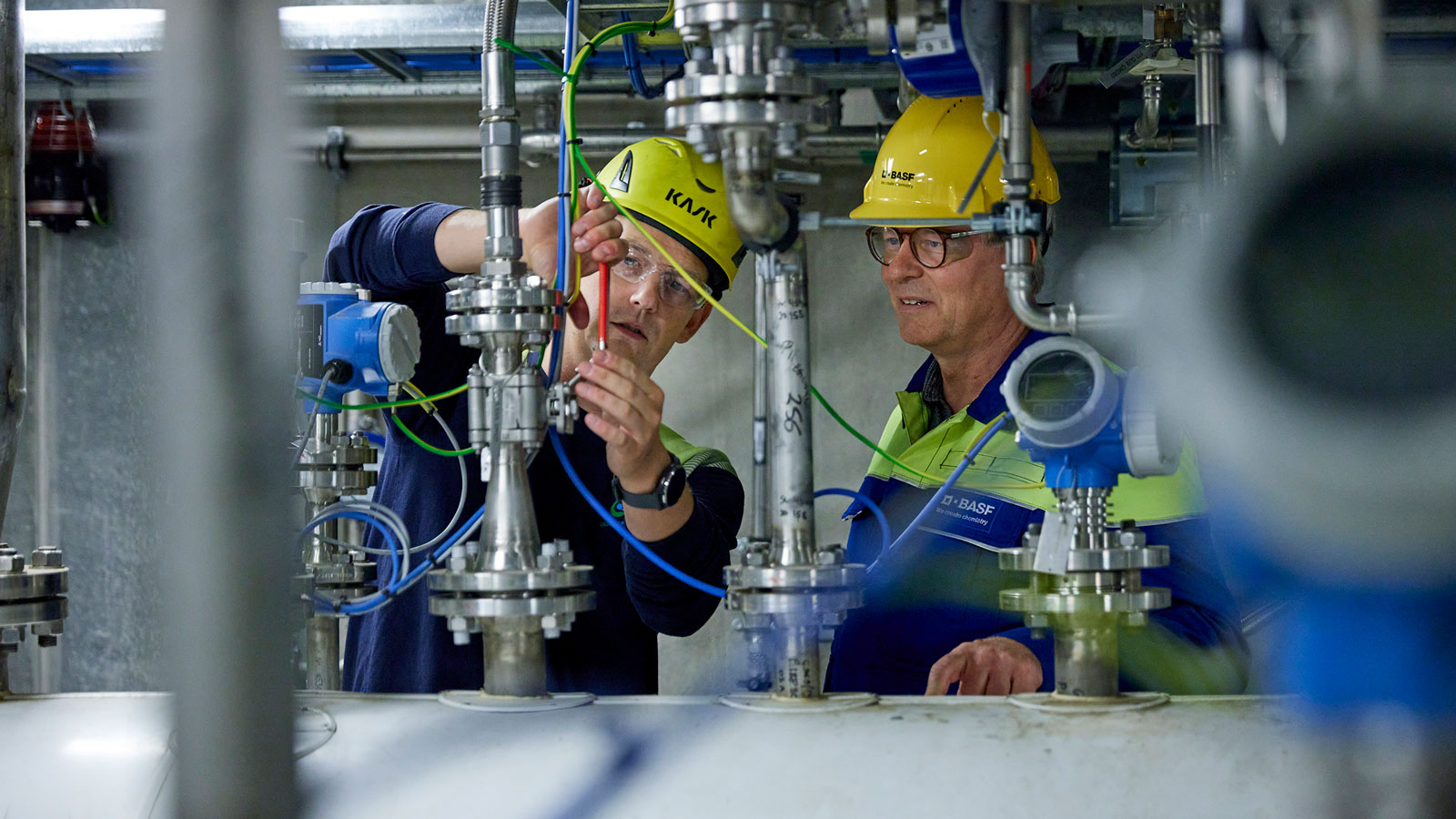Five Synthetic Fuels That Could Replace Gasoline And Diesel
Synthetic gasoline, diesel and jet fuel could turn industrial waste into a clean way to run internal-combustion engines long into the future.
Last week, Italian supercar maker Lamborghini announced plans to begin researching its own synthetic fuels. This follows similar moves from VW Group stablemate Porsche, as well as a host of oil companies, all seeking to clean up their act (or their image). But what are synthetic fuels, how do they work, and most importantly, can they really save internal combustion engines?
Scientifically speaking, synthetic fuels are artificially-produced alternatives to conventional gasoline or diesel. In its simplest form, a synthetic fuel is made by combining hydrogen and carbon atoms to create a compound called an alkene — usually Ethene, which contains two carbon atoms and four hydrogen atoms.
But there's a lot of variance in the way individual companies go about getting to an end product that could be pumped into your vehicle's fuel tank. And if you go looking for synthetic fuels right now, you're likely to find some that use mind-bending chemical processes and others that start out as a literal load of old garbage.
To try and demystify this sci-fi tech, we've picked out five particularly interesting synthetic-fuel projects to keep an eye on in the coming years.
Porsche
The biggest carmaker currently looking into the possibility of synthetic fuels for internal combustion engines is Porsche.
Earlier this year, Porsche announced it would invest $75 million in Chilean Company HIF. The firm is investigating carbon-neutral synthetic fuels, which consume as much carbon in their production as they put out when combusted.
For Porsche, synthetic fuel won't fully replace the automaker's electric ambitions. Instead, the automaker says it still plans to electrify its lineup of new products, and these cleaner fuels will be used to keep customers on the road in their gasoline-powered cars.
How Is it Made?
HIF, which Porsche has invested heavily in, is working to commercially produce carbon-neutral "e-fuels" as it calls them. To do this, the company combines carbon extracted from the atmosphere with hydrogen gas.
In order to reduce the environmental impact of the hydrogen it uses, HIF only uses hydrogen gas that has been collected at plants that run on renewable energy, such as wind or solar power.
Most internal combustion engines should be able to run on HIF's e-fuel with no modifications needed. But it isn't a particularly cheap alternative to regular gasoline: When Porsche announced its investment in HIF, it priced the e-fuel at around $44 per gallon.
Aramco
This next one will be of interest to the race fans in the room, as it's the fuel being investigated by Formula 1 to power its next-generation race cars.
Formula 1 and its sponsor, Saudi oil giant Aramco, are working together to create zero-emission fuels that could power the next generation of Grand Prix cars and dramatically reduce the sport's environmental impact.
The sport has a goal of becoming carbon neutral by 2030. Reducing the emissions created by the trucks, planes and boats that carry the whole circus around the world will be a major challenge in this effort.
As such, F1 has been investigating a "100-percent sustainable fuel" in partnership with Aramco.
How Is it Made?
Aramco and Spanish energy firm Repsol are constructing an enormous synthetic fuel factory in Spain to create carbon-neutral gasoline alternatives.
When it's up and running, the new plant will use a similar process to HIF. It will use hydrogen produced using renewable energy, but the carbon source will differ from Porsche's approach.
According F1, the future fuels will rely on carbon capture, municipal waste or non-food biomass as sources for the carbon essential to its production.
Testing for the fuel is still in its early days, but F1 hopes that once it makes it out of the lab, the experimental fuel can prove its worth in motorsport before trickling down to regular road users.
The One Made From Whisky
If you prefer your synthetic fuels on the rocks, you might be more interested in this startup in Scotland turning whisky-industry waste into biofuel.
While Scotch whisky is a delicious thing that we should protect at all costs, its production can get pretty wasteful. Every gallon of whisky produced creates piles of wasted grain that can't be reused by the distillery, along with low-alcohol liquids that can't go on to become whisky. The grain can be sent off to farmers to feed cattle, but the waste liquids aren't very useful for anyone.
So, while companies such as Glenfiddich have been harvesting biogas from whisky production for years now, a new company is looking to turn other whisky waste products into fuel for cars and trucks.
How Is it Made?
Celtic Renewables, which was founded by Professor Martin Tangney (shown above), is the company turning waste from the Scotch industry into fuel for cars and trucks.
At its site in Grangemouth, Scotland, the company uses a fermentation process to transform whisky byproducts into biochemicals. These compounds can be used to replace some of the gasoline and diesel used in today's vehicles.
To do this, the company uses pot ale, the sugary liquid left at the bottom of a still after distillation. Celtic Renewables uses a process called acetone-butanol-ethanol fermentation, which breaks down the sugars in this liquid and turns them into acids. These acids are then further broken down into compounds such as butanol and ethanol, which can be added to other fuels to power your car.
Shell
It isn't just cars and trucks that will need a fuel of the future to keep on running; airlines are also in search of an alternative to traditional kerosene for commercial flights.
Companies such as Dutch fuel giant Shell are beginning to work on synthetic alternatives to today's jet fuel.
Shell is one of several companies working on a synthetic aviation fuel. So far, its efforts have focused on combining CO2 and hydrogen gas to create an artificial jet fuel.
How Is it Made?
The basic processes Shell uses to create its synthetic jet fuel might sound similar to the steps taken by Porsche, but the oil company has one advantage over the German carmaker: Shell has a ready supply of CO2 streaming out its refineries around the world. As such, it uses CO2 captured at its Pernis plant in the Netherlands as the source for the carbon in its experimental synthetic aviation fuel.
To go about turning hydrogen and carbon dioxide into kerosene, Shell starts by mixing the two gases together to create carbon monoxide and hydrogen. This blend of gases is then converted into a waxy substance called Fischer-Tropsch Wax.
This wax can then be used as the building block for chemicals such as kerosene, which is made of 27 carbon atoms and 58 hydrogen atoms.
Quantafuel
But what if, instead of tackling the prevalence of carbon in the atmosphere, you wanted to cut down on the amount of trash in the world instead? In that case, you might be on the lookout for what's called "fuel from waste."
These synthetic fuels take solid waste with a high percentage of carbon — such as tires, sewage and waste from landfill — and turns it into useable gasoline.
In Scandinavia, a company called Quantafuel has been pioneering a process that turns plastic waste into brand new products including synthetic fuel.
How Is it Made?
The Norwegian company hopes to transform 19,000 metric tons of waste plastic into 15 million liters of low-carbon diesel and other synthetic oil products each year.
To do this, Quantafuel starts by heating up plastics to break them down into short hydrocarbon compounds. These compounds then become a liquid oil that the company refines to remove any impurities.
Once cleaned, the oil goes through a process of fractional distillation, the same method used to break crude oil down into useful products like gasoline, diesel and kerosene. As such, the oil can be used to make new plastics or synthetic fuels, whatever is needed.
What's more, the process of turning waste plastic into fuel emits 90 percent less CO2 compared to traditional fuel production.
